They say that the earliest design language for the primitive is that of repetition and symmetry. Regarding the design of "things that move", history gives us quite a catalogue of proposals to improve the breed by echoing a form across some sort of bridging element. With names like "twinpod", "twin-boom", "twin-fuselage", "doublehull", or "catamaran", the designer's fascination with mirroring a good idea has been around ever since the Garden of Eden, when God decided two breasts looked seriously cooler than one.
Car Designers owe the origins of their craft to the hull-lofting techniques of naval architects, and while it is true that for centuries there have been parallel-hull designs for boats (from a Tahitian out-rigger to a divided hull that Da Vinci sketched), the real inspiration for modern twin-fuselage wheeled machines are the aircraft of World War II. (To be fair, the twin-boom Fokker M.9 was of World War I vintage.) Pilot and aircraft aficionado engineer Mollino must have been highly influenced by innovations from the War, and perhaps he knew that German engineers had prototyped a Messerschmitt Bf 109Z-1 "Zwilling" with a single pilot flying a two-fuselage fighter. Certainly, the sexy Lockheed P-38 inspired his generation of Car Designers as did the F-82 "Twin Mustang", which was built from 1946 to 1953.
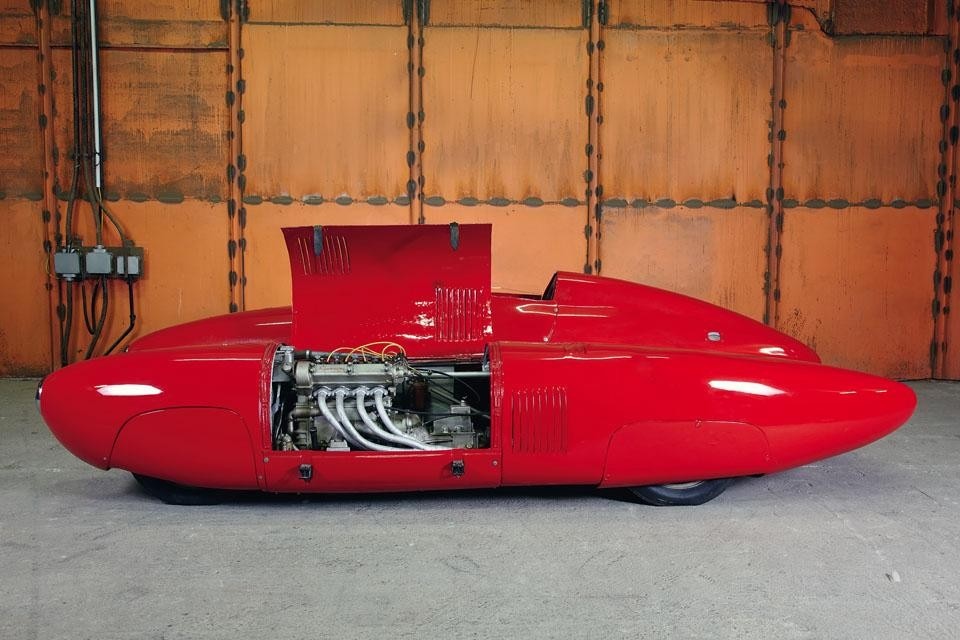
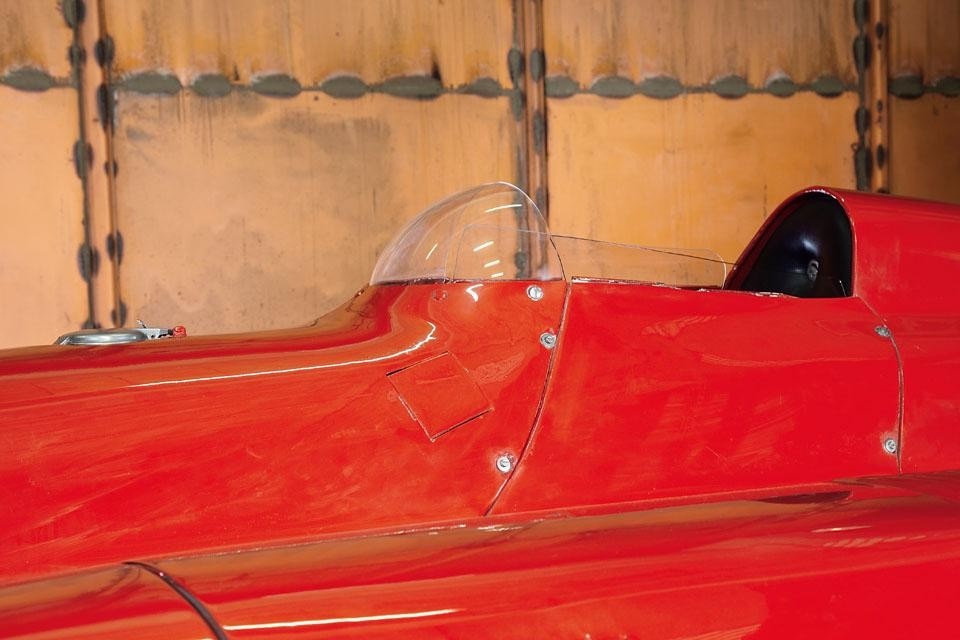
Design-wise, the Bisiluro fits into a category I would call “Non-Car Cars”, those purposeful objects that stir the imaginations of Car Designers.
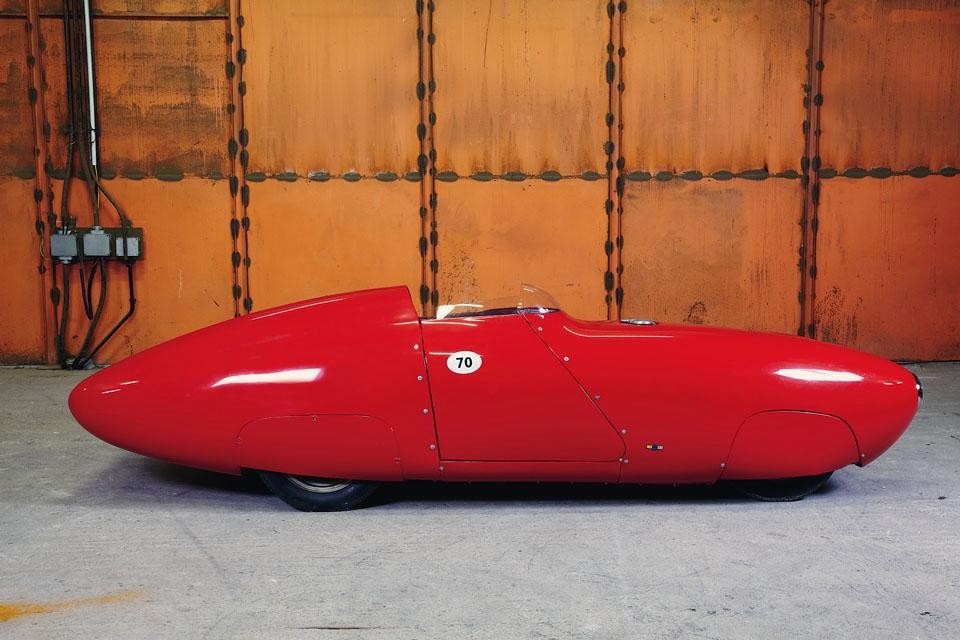
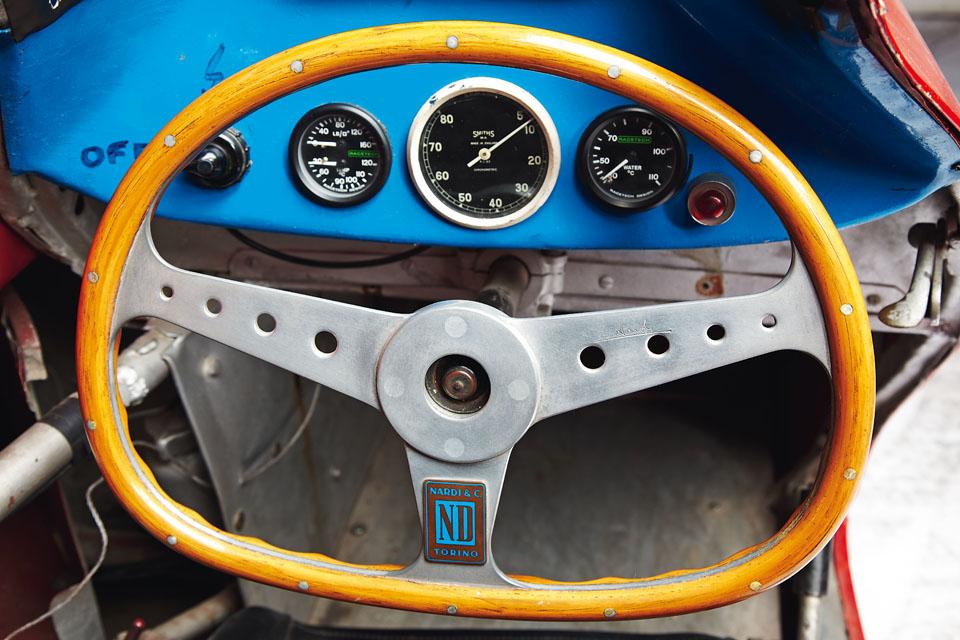
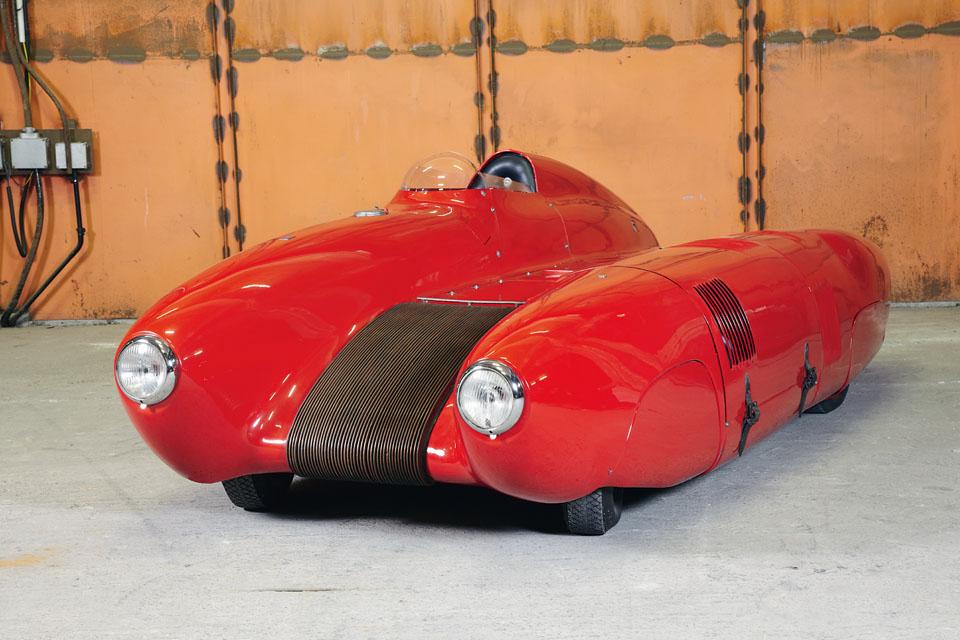
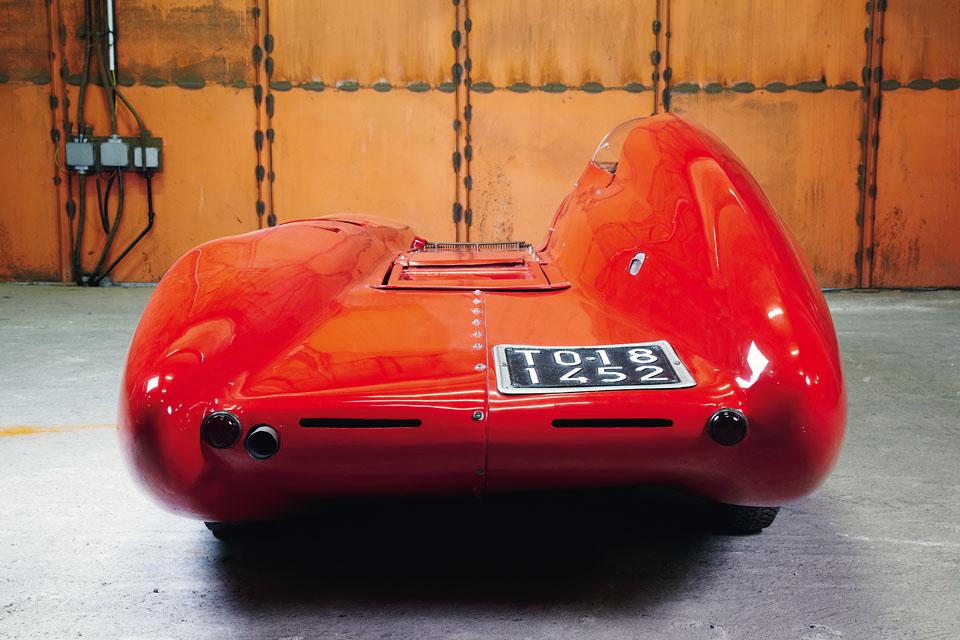
Chris Bangle, car designer

